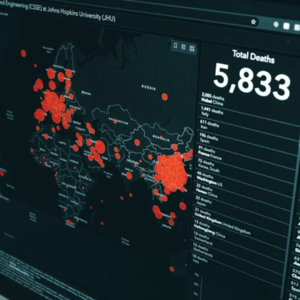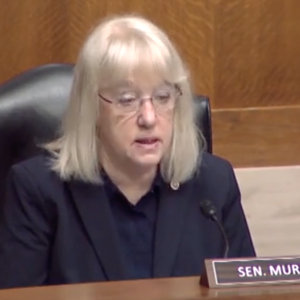We updated the headline and lead with more current information
By Tom Rosenthal
To combat current and future pandemics, the number of epidemiologists staffing big city health departments needs by 47%, according to a recent report jointly released by the Big Cities Health Coalition (BCHC) and Council of State and Territorial Epidemiologists (CSTE).

“The headline really is that big city health departments are in dire need of additional epidemiologist staffing,” Chrissie Juliano, MPP, the executive director of the BCHC, said at a video media briefing releasing the report on epidemiologist staffing. “The shortfall puts the nation’s efforts to combat future and current pandemics at risk.”
To reach full capacity, BCHC departments reported they needed to increase their epidemiology staffs by 47% “to promote and protect the health and safety of the nearly 62 million people they serve,” Ms. Juliano said. “Together these public health officials directly affect the health and well-being of nearly one in five Americans. BCHC sees the findings of this report as vital to the health of folks who live in these cities.”
There were 1,284 epidemiologists working in the 26 participating BCHC departments at the time of the survey, which assessed the period from January to May 2021. The report found that more than 175 positions went vacant in 2021, more than double the open positions four years earlier, Ms. Juliano said.
The need to increase the number of epidemiologists in local health departments became dire during the COVID-19 pandemic, according to Mysheika Roberts, MD, MPH, the Health Commissioner for City of Columbus, in Ohio, and BCHC chair, and Janet Hamilton, MPH, the CSTE executive director, the other video conference participants.
Dr. Roberts said in response to a question from Infectious Disease Special Edition to the Columbus Health Department epidemiologists about communicable diseases, the number of cases increased from about 40 per day before the outbreak to more than 1,000 daily at the height of the pandemic.
“So even if you were fully staffed, you don’t have the bandwidth to expand to that volume that quickly,” Dr. Roberts said. “That’s a thousand individuals we have to interview. Then we have to get that information in the database, and then that information has to be crunched. There’s no way you can keep up with that.”
Dr. Roberts said, “This report shows that we need more epidemiologists in cities like mine, and that federal resources to fight COVID-19 are not reaching health departments on the front lines where they are needed most.”
Each of the participants said the past two years have taken a tremendous toll on public health departments. Emergency COVID-19 funding will soon disappear, “presenting yet another ‘funding cliff’ for public health,” Dr. Roberts said. “Cities need direct, sustained funding to make our nation prepared for the next pandemic and to fight ongoing health crises, like gun violence and the opioid epidemic.”
The participants said health departments shifted many of their epidemiologists to dealing with the pandemic, leaving the numerous other critical areas that epidemiologists tackle less than adequately covered. “Almost half of BCHC epis [epidemiologists] are working on COVID,” Ms. Juliano said, with another 27% focusing on infectious diseases and 8% working as generalists.
The report found that a lack of epidemiologists in local health departments means that health officials are making tough decisions, often diverting key staff from challenges such as surging gun violence, drug overdoses, obesity, tobacco use, sexually transmitted diseases, and maternal and child health and infant mortality.
“These disease detectives collect, analyze and deliver timely outbreak data to inform both policymakers and the public where outbreaks are happening and how they can be stopped,” Ms. Hamilton said. “This study makes clear what we knew anecdotally: Big cities need more staff and resources to address the magnitude of the public health concerns in their jurisdictions.”
Ms. Hamilton made noted that health departments need upgraded information technology, and Dr. Roberts said more staff are needed to input the data to be crunched and analyzed.




